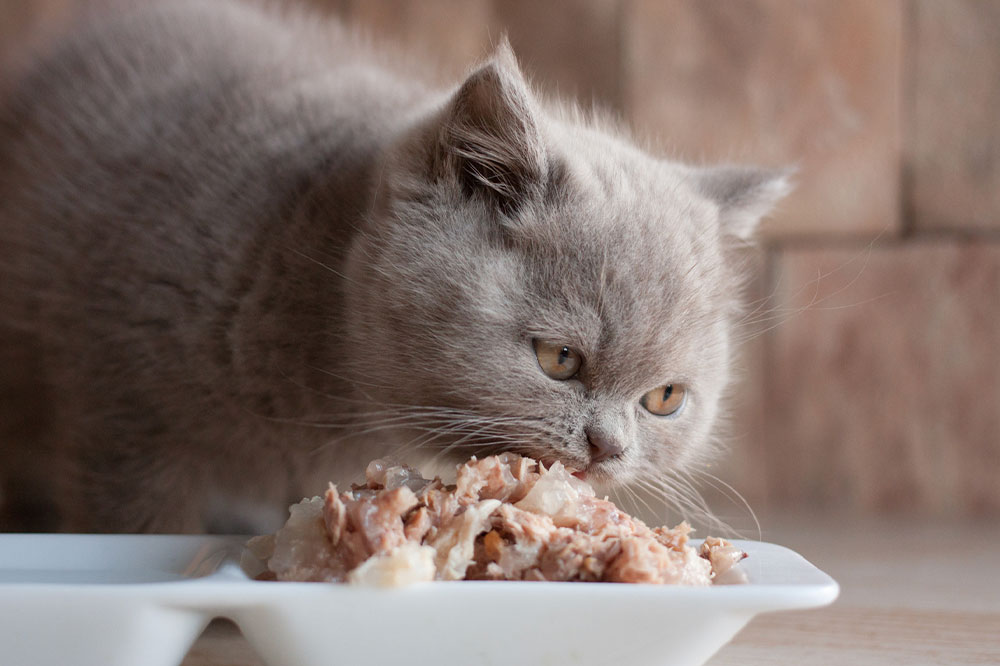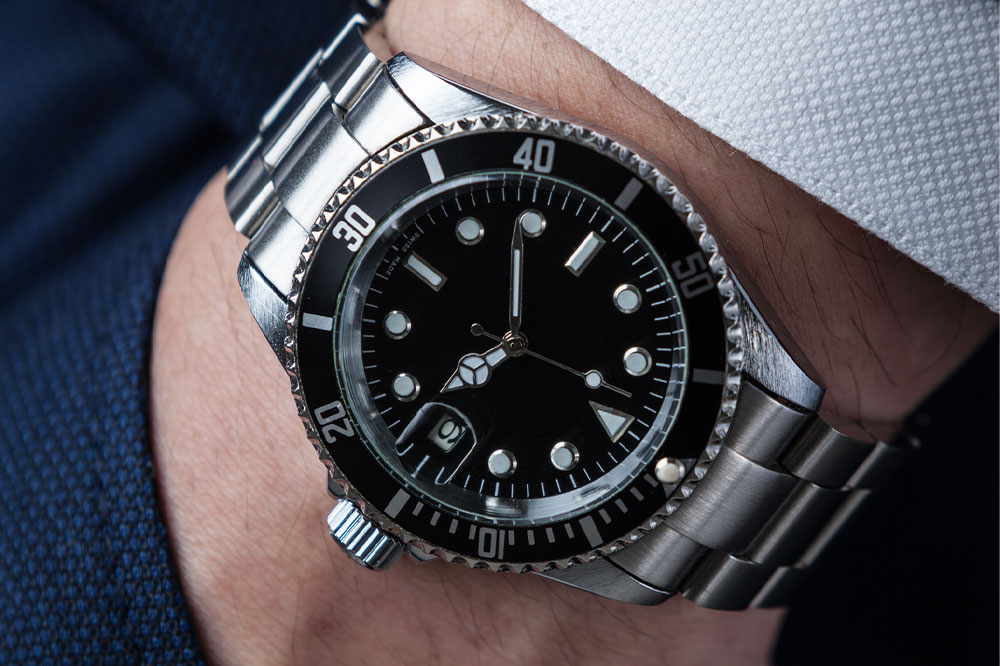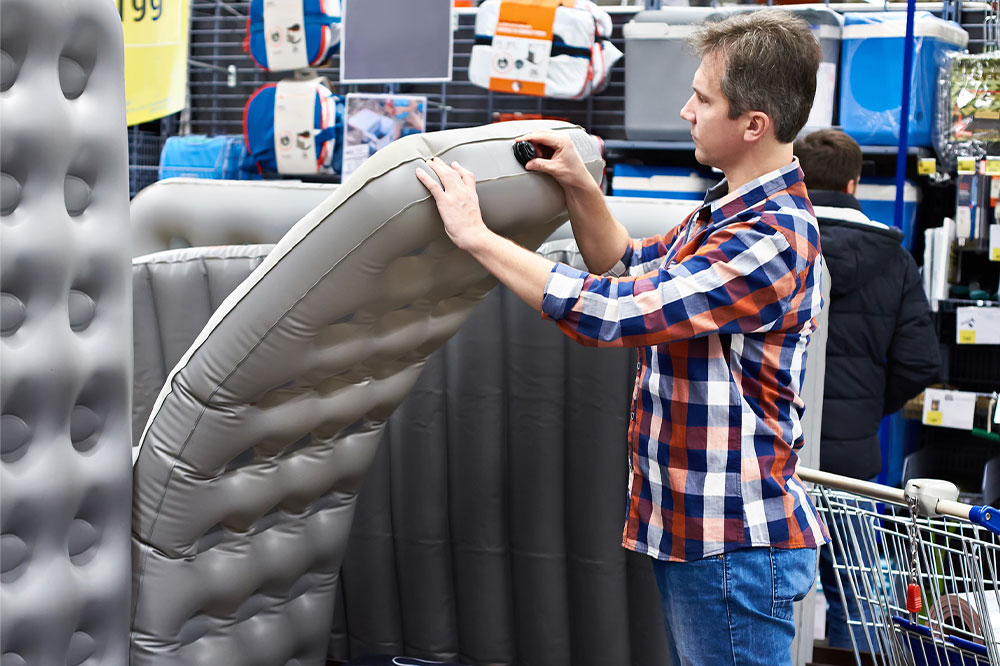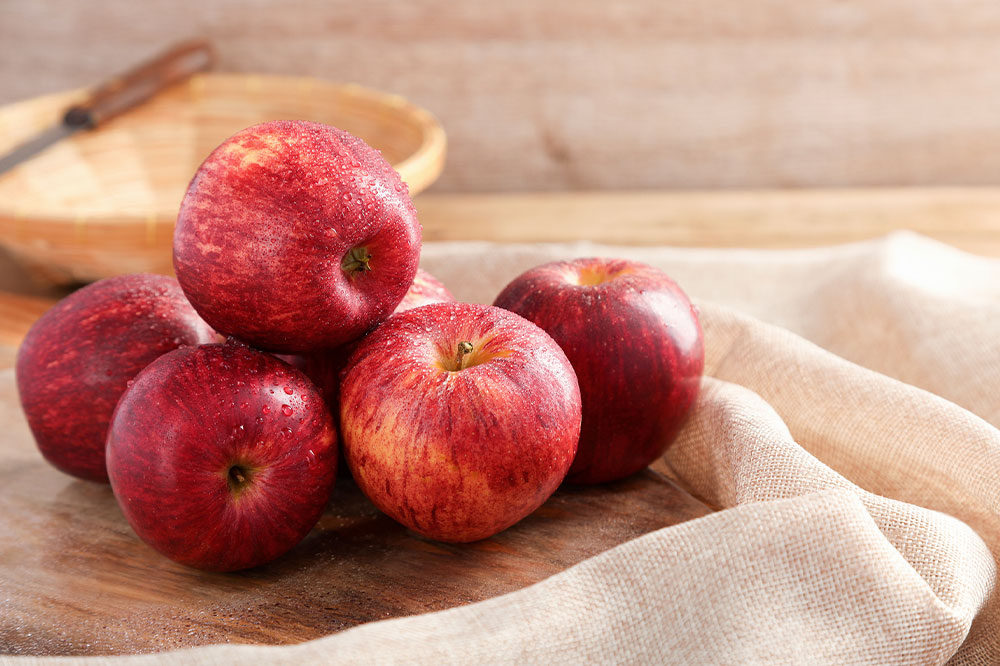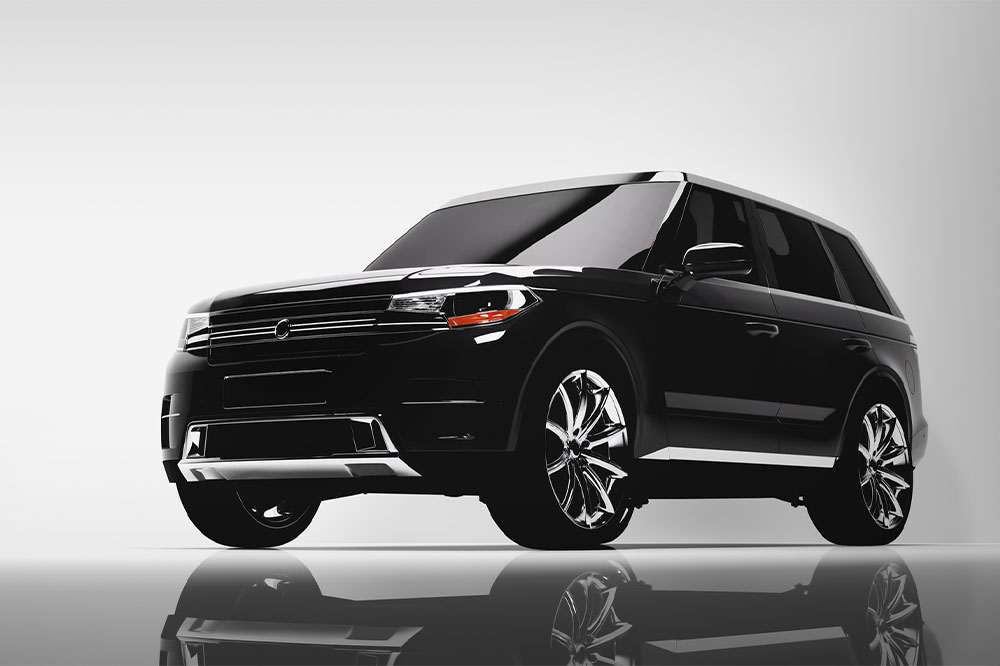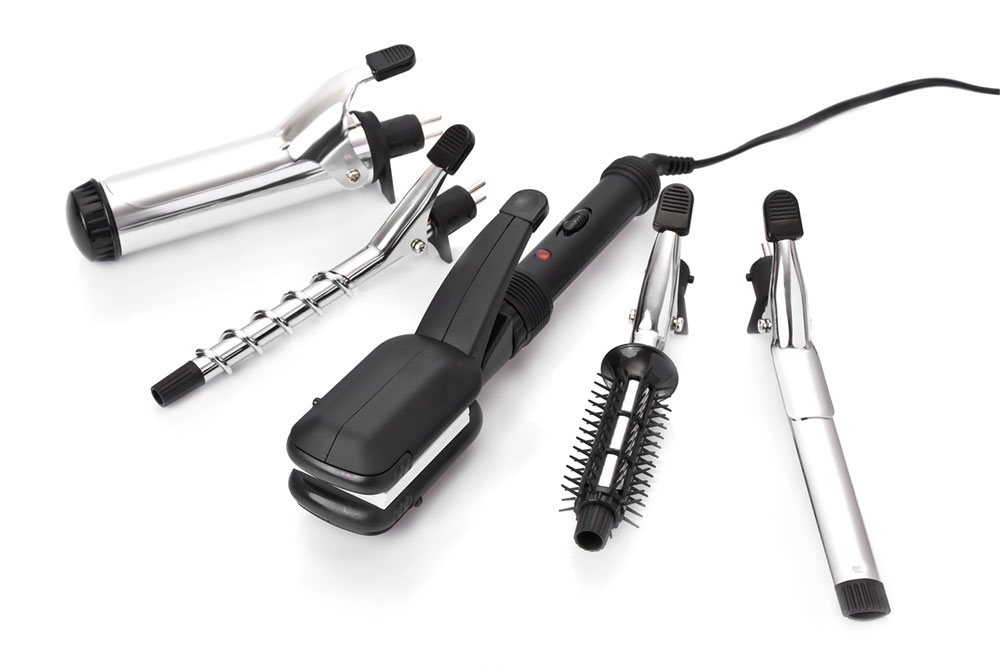Migraine – Triggers and Home Remedies

A migraine attack can result from various factors, including stress, weather changes, hormonal changes, and even certain foods and smells. The trigger can vary from person to person, and there isn’t any universal cause. The best way to determine one’s trigger is to work with an experienced doctor who treats chronic migraines. This post discusses the common foods and smells that can cause migraines and home remedies to combat the same.
Foods that may trigger migraines
Studies suggest that foods may cause migraines only when combined with other triggers. Nevertheless, patients should be cautious about including the following in their meals:
Highly caffeinated beverages
According to experts, high caffeine intake can trigger migraine attacks, so patients should avoid or limit beverages like energy drinks, soft drinks, tea, and coffee. However, since sudden caffeine withdrawal can also cause headaches, one should reduce their intake gradually.
Chocolate
Chocolate is considered the second most prevalent migraine trigger, affecting around 22 percent of patients. Beta-phenylethylamine and caffeine are two ingredients in chocolate that might cause the problem.
Foods with MSG
MSG, or monosodium glutamate, is a sodium salt of glutamic acid naturally present in the body. It’s also commonly used as a food additive in instant noodles, soups, fast food, and processed meat. MSG is known to cause severe migraine episodes in around 15 percent of patients.
Aged cheese
Aged cheese has tyramine, which can also trigger headaches. Tyramine is a substance formed as a result of the aging process. The longer the cheese ages, the higher the tyramine content. Some cheeses with high tyramine include Parmesan, blue cheese, and feta.
Fermented and pickled foods
Fermented or pickled foods also have a high degree of tyramine. A few popular options to avoid are kimchi, pickles, pickled okra, kombucha, and pickled jalapenos.
Frozen foods
Frozen drinks, slushies, and ice cream can lead to a severe migraine attack. The risk is higher if one overeats cold foods or eats them after exercising.
Salty foods
Salt can not only trigger headaches but also increase blood pressure and the risk of other health complications. Salted nuts, pizza, and fries are a few foods to avoid. Processed and canned foods are equally harmful as they usually use salt as a preservative.
Odors that can trigger migraines
Like foods, several odors and smells can be problematic for people with this condition. Examples are gasoline, car exhaust, cleaning products, paint thinners, perfumes, and pesticides. Some research studies indicate that 25 to 50 percent of migraine sufferers report excessive odor sensitivity during an episode. In addition, up to 50 percent say that strong odors trigger an acute migraine attack.
It’s important to note that the odors which trigger these headaches can vary from person to person. And one might not experience symptoms because of the same odor or smell every time. Smells typically induce an episode if exposed for over 15 minutes or when in an enclosed space.
Home remedies for migraines
Besides visiting a healthcare expert who treats chronic migraine, individuals can try easy home remedies to relieve their symptoms. Some popular examples include:
Massage
Migraines are usually caused because of low serotonin levels in the brain. A massage can increase serotonin and thus help ease the symptoms. Patients can use peppermint essential oil to massage the temples and forehead in circular motions with the index and middle fingers.
Acupressure
Acupressure involves applying pressure onto specific body parts to stimulate them and ease the pain. The best acupressure point for headaches is the LI-4 point: the space between the index finger and the base of the left thumb. Directing firm, but not painful, circular pressure on this point with the right hand for five minutes can ease headaches. One may visit a professional to administer acupressure or do it by themselves.
Yoga
While exercise can get the heart pumping and avoid flare-ups, it can also be a trigger. Yoga, with its slower movements, is generally considered a safe alternative. Studies suggest that yoga can reduce migraine episodes and make them less severe.
Hydration
Dehydration is a common trigger in around 33 percent of patients. To avoid dehydration, one must drink sufficient water during the day, especially after a workout and during summer.
Stress management
Stress can trigger the symptoms in seven out of ten people with the condition. It might even create a cycle where pain aggravates with stress, causing another episode. Individuals can lower stress levels through meditation, journaling, listening to music, warm baths, and indulging in breathing techniques.
Cities that are migraine hotspots
Certain places in the country are known to have more migraine cases due to their weather, lifestyle, or food choices. Here’s a list of five such cities:
Cincinnati, Ohio
People from Cincinnati typically eat foods known to trigger migraines. For instance, Cincinnati-style chili is a unique cuisine with a tomato base topped with cheese and onions. Onions, dairy, and tomatoes are all ingredients that trigger a migraine. The city’s residents also love pizza, a food rich in dairy and salt with a wheat crust.
Madison, Wisconsin
Because of its lifestyle, Madison is among the worst cities for people prone to this condition. The city’s residents indulge in foods with tannins, which could be responsible for the flare-ups. Moreover, the location is known to have high pollution levels and abrupt weather changes.
Little Rock-North Little Rock, Arkansas
People in North Little Rock and Little Rock are exposed to fluctuations in barometric pressure. The region also has muggy, hot weather during the summer months, which can be a trigger.
Knoxville, Tennessee
Knoxville has multiple environmental woes that could be a misery for migraine sufferers, but the most concerning factor is its barometric pressure changes. The pressure swings trigger storms that can be problematic for people with this health condition.
St. Louis, Missouri
People in St. Louis eat foods known to increase the risk of migraines, such as wheat sandwiches and ravioli. These contain wheat and are stuffed with marinara made from tomatoes. Unsurprisingly, migraine cases are high in the city.

